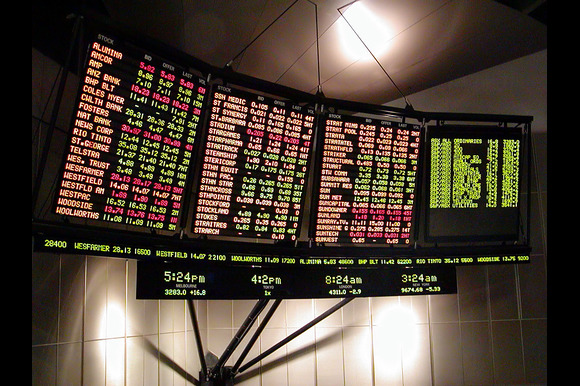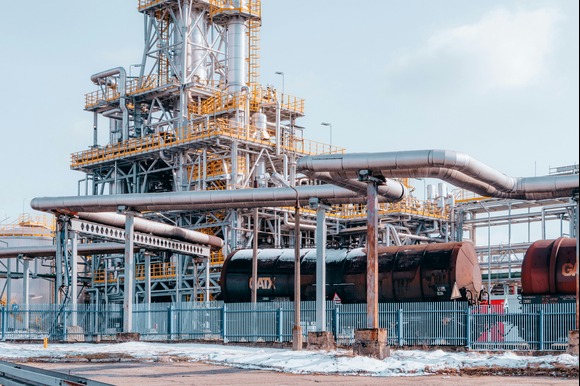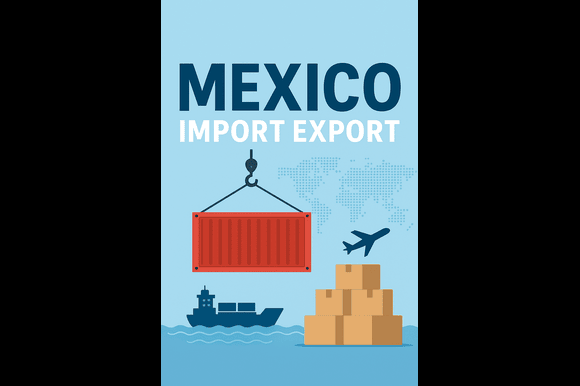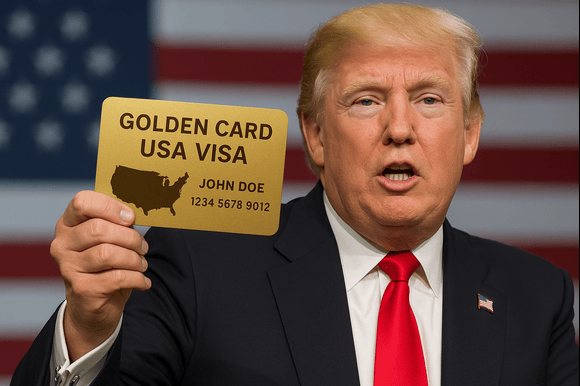
By User:klip game
China’s economy has surpassed market expectations, showing resilience in the face of mounting challenges including former U.S. President Donald Trump’s tariffs and a prolonged slump in the property sector.
Official data reveals that the world’s second-largest economy expanded by 5.2% in the three months leading up to the end of June compared to the same period last year. This outpaced the 5.1% forecasted by economists, though it still marked a slowdown from the previous quarter’s performance.
Despite ongoing pressures, China has so far avoided a sharp downturn, thanks in part to policy measures unveiled by Beijing aimed at stabilising growth, as well as a fragile trade ceasefire with Washington.
“The economy withstood pressure and made steady improvement despite challenges,” stated the National Bureau of Statistics. Officials attributed the positive performance to a 6.4% year-on-year increase in manufacturing output, fuelled by rising demand for electric vehicles, 3D printers, and industrial automation equipment.
China’s services sector—encompassing industries such as finance, transport, and technology—also contributed to the growth, though consumer activity showed signs of softening.
Retail sales, a key indicator of domestic demand, rose 4.8% in June compared to the previous year, slowing from a 6.4% increase in May. At the same time, official figures also highlighted further deterioration in the real estate market, with new home prices posting their steepest monthly decline in eight months.
Despite a series of interventions by Chinese authorities to stabilise housing prices, the real estate sector continues to falter, casting a shadow over broader economic momentum.
According to Gu Qingyang, an economist at the National University of Singapore, many analysts had predicted a greater drag from tariffs on China’s economy. However, the country has remained “highly resilient,” partly due to exporters accelerating shipments ahead of potential new trade restrictions or shifts in export policy.
Still, Professor Gu cautioned that the outlook for the second half of the year is increasingly uncertain. “Stronger government stimulus might be necessary. That said, achieving the 5% annual growth target still seems well within reach,” he noted.
Others remain less optimistic. Some economists suggest China may fall short of its “around 5%” target for 2025.
“The real question is by how much,” said Dan Wang, China director at consultancy Eurasia Group. “We believe it will defend a floor of 4%, which remains the minimum politically acceptable level.”
Tensions between Beijing and Washington escalated into a full-blown trade war, resulting in the U.S. imposing a 145% tariff on Chinese imports. In response, China levied a 125% duty on selected U.S. products.
These punitive tariffs were temporarily suspended following negotiations held in Geneva and London. The two sides now face a deadline of 12 August to finalise a lasting trade agreement.
Meanwhile, Washington has also extended steep tariffs to other nations closely tied to China’s economy, intensifying the global ripple effects of the trade standoff.




